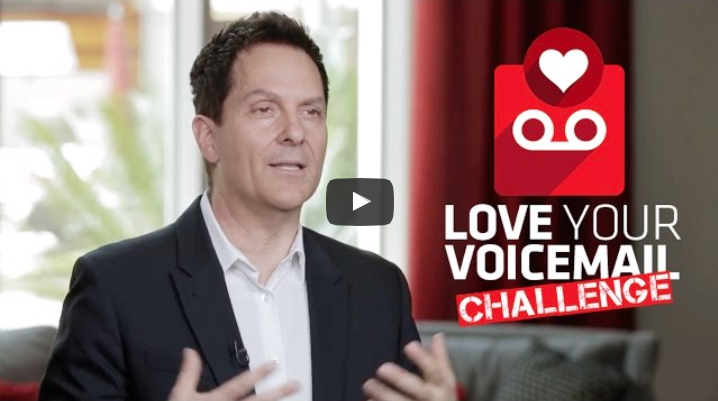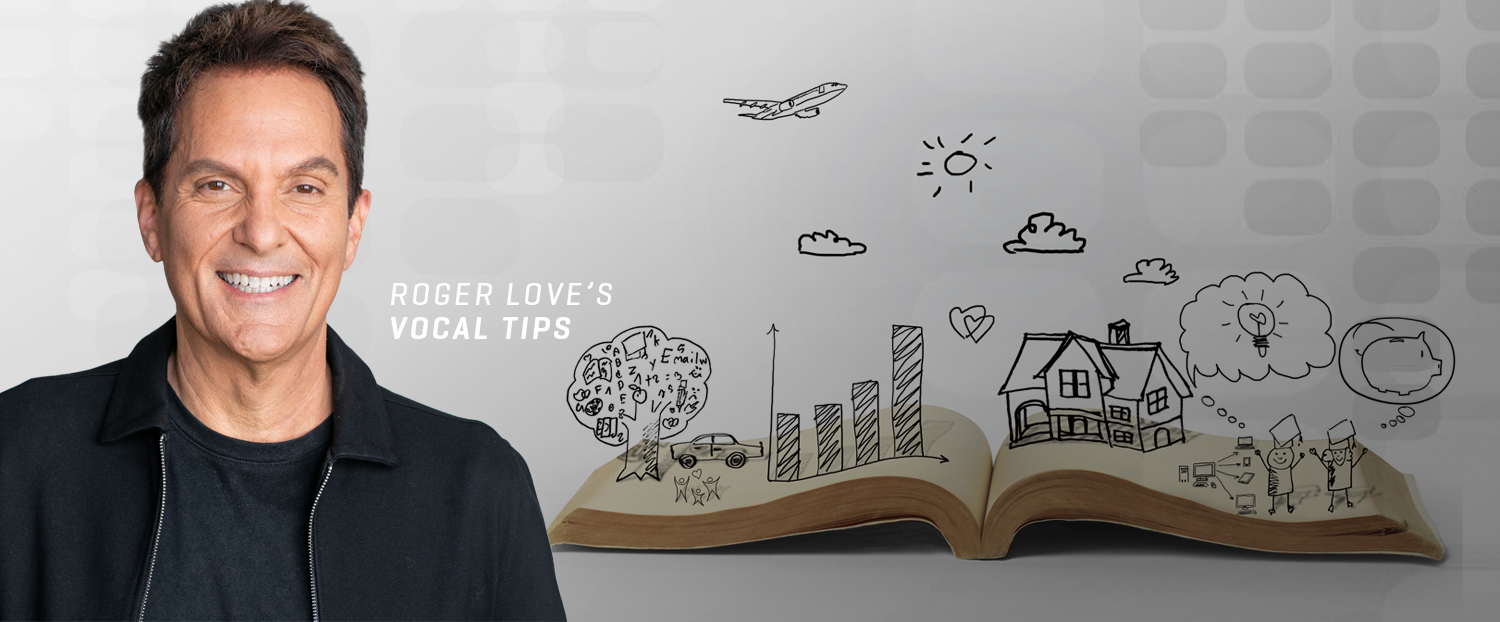You probably think of your voice as one single thing. When you open your mouth to speak, it’s just the sound that comes out, right? Your voice is so much more than noise, though. Your voice is a channel of self-expression and you can use it to make yourself sound however you want.
There are actually five components to your voice that you can control.With these five building blocks, you can better understand your own voice and how to use it more effectively in any situation.
The 5 Building Blocks of Voice
The five building blocks of voice are Pitch, Pace, Tone, Melody, and Volume. Learning to control each one will help you have a voice that people want to listen to.
1. Pitch
Pitch refers to how high or low your voice is. Most people tend to associate higher-pitched voices with fear, nervousness, or even weakness. Lower notes make you sound more confident.
How to use pitch more effectively
You might speak with a high-pitched voice all the time because you think it sounds young or fun, or maybe it’s the way you talk naturally. But higher pitches don’t always have pleasant connotations. In the wrong setting, a high-pitched voice could be a sign of fear or nervousness.
You should alternate between higher and lower pitches and never be afraid to reach down for the low notes or up for the high ones. With pitch variety in your voice, you’ll sound more interesting and engaging.
2. Pace
Pace is how slowly or quickly you speak. You’ve undoubtedly been frustrated with someone who speaks so fast you can hardly understand them, or so slow that it takes them forever to get one sentence out.
How to use pace more effectively
When you get excited, you may start talking more quickly without noticing. While in some situations this can be appropriate to convey your enthusiasm, talking too fast often prevents people from understanding you clearly.
When speaking in front of a group or crowd, most of the time you want to speak more slowly to sound like you’re in control. The speed of your voice can show how intelligent, thoughtful, excited, or nervous you seem to be.

3. Tone
The tone of your voice is its timbre or quality. Tone can be warm or dark, clear or nasal. It’s one of the characteristics that makes your voice unique or memorable.
How to use tone more effectively
Tone can be one of the hardest components of your voice to control because it sounds different for each person. Think of tone as the color of your voice — it influences the impression others have of you when they hear you.
To better control your tone, consider how you want to come off to the people you’re speaking to. Your tone could be clear as a bell, making you sound confident. Your tone could be warm, making you sound relaxed or welcoming. The best way to gauge tone is to record yourself speaking and then listen back to it. From there, decide how you want your voice to sound, and how you want to be perceived.
4. Melody
Melody is the rise and fall of your voice as you speak. Someone who speaks in monotone has no melody and their voice will probably make them sound boring.
How to use melody more effectively
You should vary the melody in your voice because if you don’t, you’ll sound flat. When your voice sounds the same, people can predict how you will sound. If they can predict how you sound, they’ll predict what you say…and tune out.
To keep your conversations interesting and encourage people to listen to you, use more of the stair step melody technique. If melody is a staircase, you want to go up the stairs more often than down. That means focus more on taking your voice from low to high, than from high to low. Occasionally, you can also stand on the landing of the melody staircase, meaning you have a neutral voice. You shouldn’t spend too much time on the landing, though.
Mix up the melody in your voice to sound inspirational, innovative, creative, and inspiring.
5. Volume
Volume is how loudly you speak. Typically, you want to speak loudly enough to be heard but in some situations, you may want to speak more softly to get your point across. When you know how to manipulate each component of your voice, you can express yourself exactly how you mean to in every situation.
How to use volume more effectively
Like most of the building blocks of voice, volume should be varied. Use volume to convey a particular message or impression. Speaking loudly can indicate confidence; speaking quietly can indicate intimacy.
Changing your volume as you speak helps you show off the multiple facets of your personality with your voice.
Master the Building Blocks of Voice
When you want to make your voice sound more appealing or engaging in any situation, start by learning and playing with these five components. Whether you’re preparing for a public speech or want more meaningful conversations with loved ones, controlling these five building blocks will help you get there.




